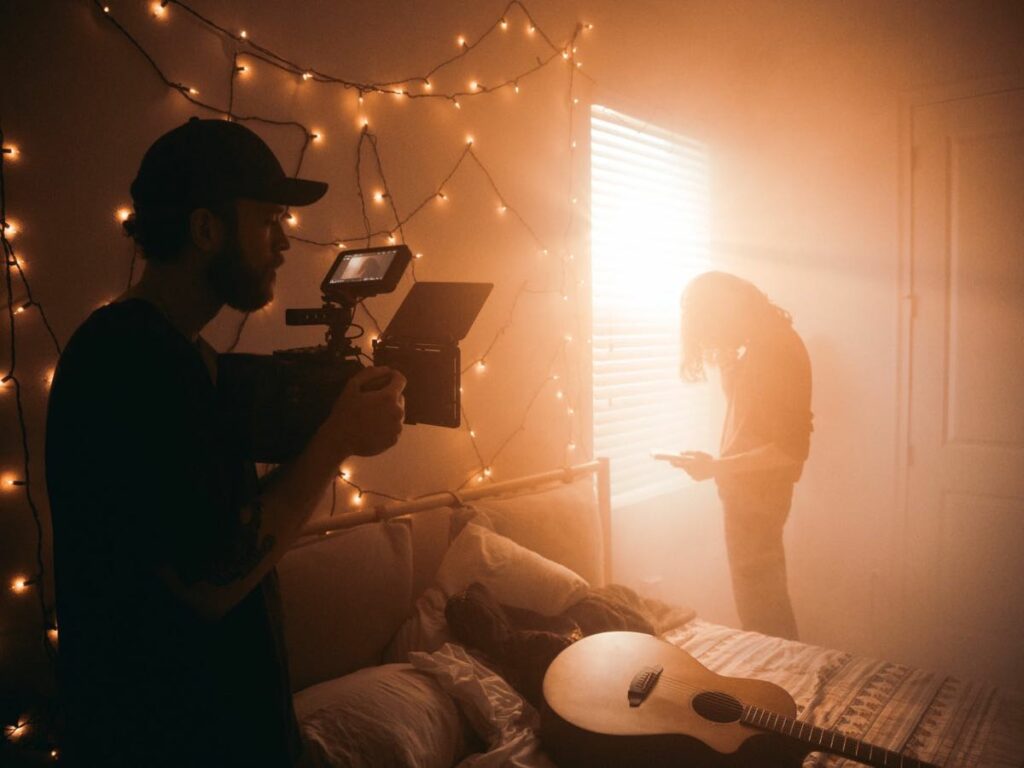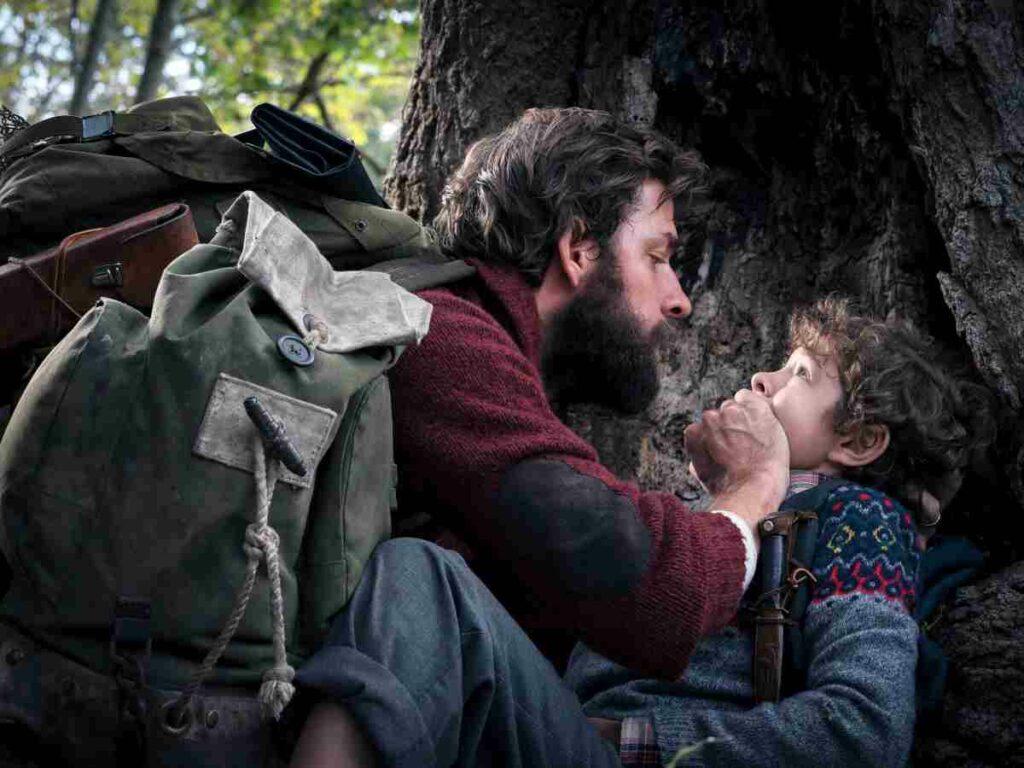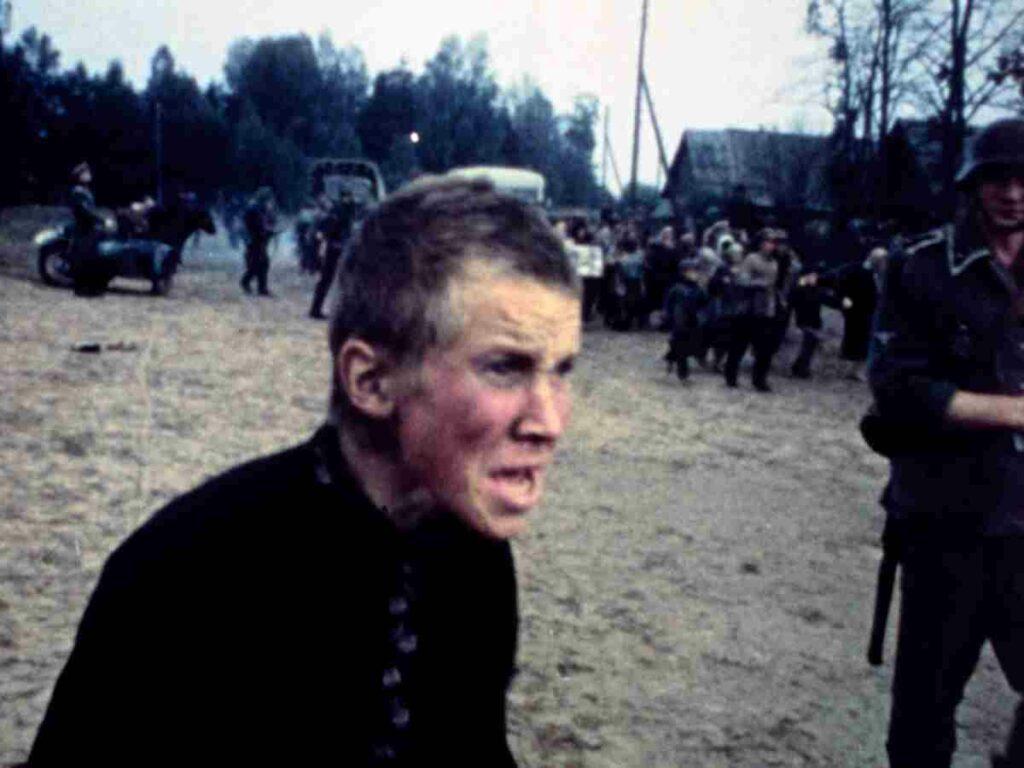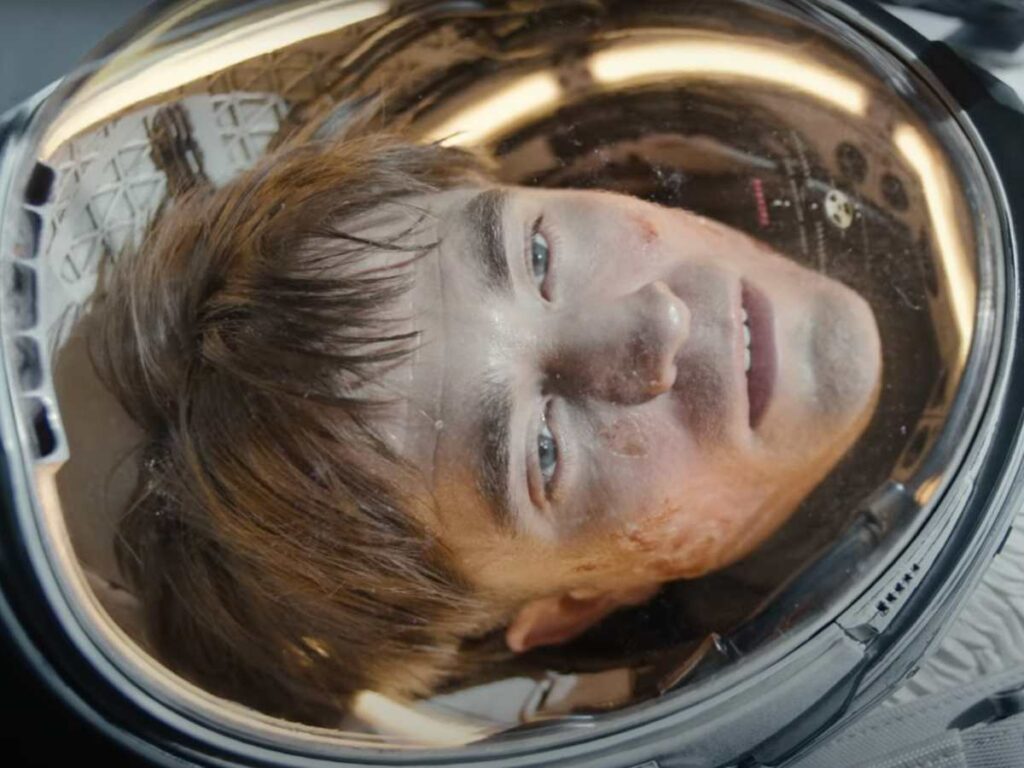Cinematography is an excellent example of learning on the job. One may have an ironclad schedule and non-negotiable artistic vision, but there will always be certain elements out of one’s control. It becomes necessary to allow for a certain amount of flexibility and keep an open mind to learning new things in the process. It then goes without saying that being a cinematographer is more than just pressing the record button. There are many things to consider when shooting — from the placement of the actors to the use of colour and light. For amateur filmmakers, learning with a camera in their hand will be infinitely more rewarding than anything that can be taught in a classroom. We’ll be discussing seventeen things that you learn as a cinematographer, ranging from shooting techniques to scene composition. Let’s take a look!
1. Previsualization
It’s a skill that will help you perceive the look and placement of a scene before it has been set. This is a great habit for a cinematographer to have, as it allows them to weed out problems and map out a story before filming begins. You could use storyboarding techniques, software for rendering scenes, or hand-drawn sequences to pre-visualise scenes ahead to shooting.
2. Thinking on your feet
That should practically become second nature to a cinematographer. Throughout shooting a project, there will be changes in terms of direction, style and artistic vision. It is necessary to roll with the punches and figure out a solution to differences of opinion. The bottom line is, do what needs to be done for the film to move in the right direction.
3. Camerawork
Often one of the very first things that a cinematographer is familiar with, camerawork also comes with quite a few surprises. It may be easy to rigidly follow a previously decided shot list, or break out every trick in the book to make the project look impressive. However, the best thing to do is to stick to the basics, and use a simple, elegant manner of storytelling that allows the story to shine. Experimentation is well and good, but it must always go hand-in-hand with the story.
4. Scene composition
The importance of scene composition and how it affects the overall feel of the film cannot be stated enough. When beginning to shoot a project, cinematographers come up with elaborate and striking compositions to follow for certain shots. While that is commendable, one must have the ability to recognise when something is not working out for the film, and discard it accordingly. Substance over style is key.
5. Exchange of ideas
A cinematographer’s job isn’t to simply record what’s unfolding in front of them. It goes without saying that an exchange of ideas between the actors and the cinematographer will allow for a much more authentic framing of the shot. A key takeaway is to listen to the cast when they say something feels awkward or inauthentic —it is usually your cue to change the blocking or scene composition to create a more dynamic portrayal of the scene.
6. Wearing Multiple Hats
A cinematographer should try and get used to wearing multiple hats on a film scene. Now, I do not mean that they should know the nitty-gritty of operating camera rigs, or memorise cues. However, having a working knowledge of the different roles of cast and crew, and their requirements, will help you to stay on top of the job, and be in sync with your crew.
7. Workflow
Developing a simple and effective workflow is key to getting things done on time. The oft-quoted rule of shooting — blocking, lighting, rehearsing, tweaking, filming — is very relevant here. Sticking to a coherent plan of action will allow you to maximise each shot’s potential.
8. Tweaking
Tweaking while shooting scenes slightly will make a world of difference to the overall film. While you might have envisioned a scene being shot from a particular way, it will help you to keep an open mind and change things up. Keep an eye out for the motion and dynamism of a scene, and change shots to frame them accordingly.
9. Color
Using colour in order to evoke certain emotions or set a specific tone has long been a holy grail of cinematography. However, it is important to take context and surroundings into consideration. If you want to have a bright, visually striking colour palette, it is best to consult with the writer and director about its feasibility. The idea is to figure out a direction which blends aesthetic composition with the narrative, instead of being at odds with it. One way to create a unique and interesting colour palette is to use complementary colours.
10. Lighting
Lighting considerations for both indoor and outdoor scenes must always be kept in mind. It helps to be flexible where natural light is considered. There’s a good reason why seasoned cinematographers swear by natural lighting, as it adds a lovely sense of radiance to the shot, and cannot quite be replicated by indoor or artificial lighting. Don’t shy away from using lighting effects to create a rich atmosphere for the film.
11. Filming Outdoors
When filming in outdoor locations, cinematographers and directors always have to take weather into account. The right kind of weather can help make a scene look perfect, while the wrong kind of weather can cause issues with equipment, like fogging up lenses. One of the most important things to consider is the temperature, as it can cause problems for equipment as well. If you’re shooting in hot weather, you can try to schedule your shoot for the early morning or late afternoon, when the temperature is cooler. If you’re shooting in cold weather, you can try to schedule your shoot for the middle of the day, when the sun is at its strongest.
12. Sound Quality
Anyone who has ever watched a movie knows that great sound quality is essential for an enjoyable experience. When it comes to sound recording and mixing, cinematographers need to be aware of two things: the environment and the microphone. The environment is important because it can affect the quality of the audio. For example, if you are shooting in a noisy place, it will be difficult to get good audio quality. In order to combat this, you can use a microphone that is designed to cancel out background noise.
13. Editing
Use editing to help tell your story. Cut on action whenever possible, and use different types of edits to keep your audience engaged. Pay attention to the timing of your cuts. Make sure they are placed appropriately for the scene you are filming, and always be mindful of the overall flow. Make sure all of your shots match in terms of framing, composition, and lighting.
14. Special effects
Special effects can be a great aid to cinematographers, if used properly. Think of VFX and CGI as an extra layer of paint for your canvas, and use them sparingly. While CGI can be used to create amazing visual effects, it can also be overused. Use CGI only when necessary, and make sure that it blends in with the rest of your film. Similarly, motion blur can be a great way to add realism to your shots, but it can also be easily overdone. Use it sparingly, and make sure that it doesn’t make your shots look overdone and amateurish.
15. Teamwork
Fostering partnerships with writers, directors and producers will help you thrive in your field. Not only will it make it easier to collaborate on future projects, it will also help you create an organic final product that reflects the shared creative vision. By joining filmmaking organisations, unions and online communities, you can share your work, learn from others, and build relationships with fellow filmmakers.
Conclusion
Professional prospects in such a competitive industry can be rather daunting. Use the time off between projects to invest in your skills, and create a respectable body of work. Chances are, you will initially be hired off the work you have already done, rather than your visual style and language. Which is why, it is crucial to choose projects with prudence, and not give in to every script that comes along.
It’s also important to accept that some days, there will be issues with your work. Occasionally, you may not find work at all. In a rapidly growing and competitive industry, that is only to be expected. The key is to hone one’s skills, create and present a CV in the right way, and build a community of like-minded professionals. Venturing out of your comfort zone, in terms of picking projects, styles and techniques will help you grow as an artist.
Cinematography, like any other creative field, is a perpetual learning curve. Of course, it will continue to throw surprises at you every now and then. However, with time and experience, one can learn to handle unexpected challenges and turn them into opportunities. For film students and amateur filmmakers alike, we hope our tips have prepared you for what to expect while working as a cinematographer. What would you like to know more about? Do you have any advice of your own? Share your experience behind the camera with us in the comments below.




